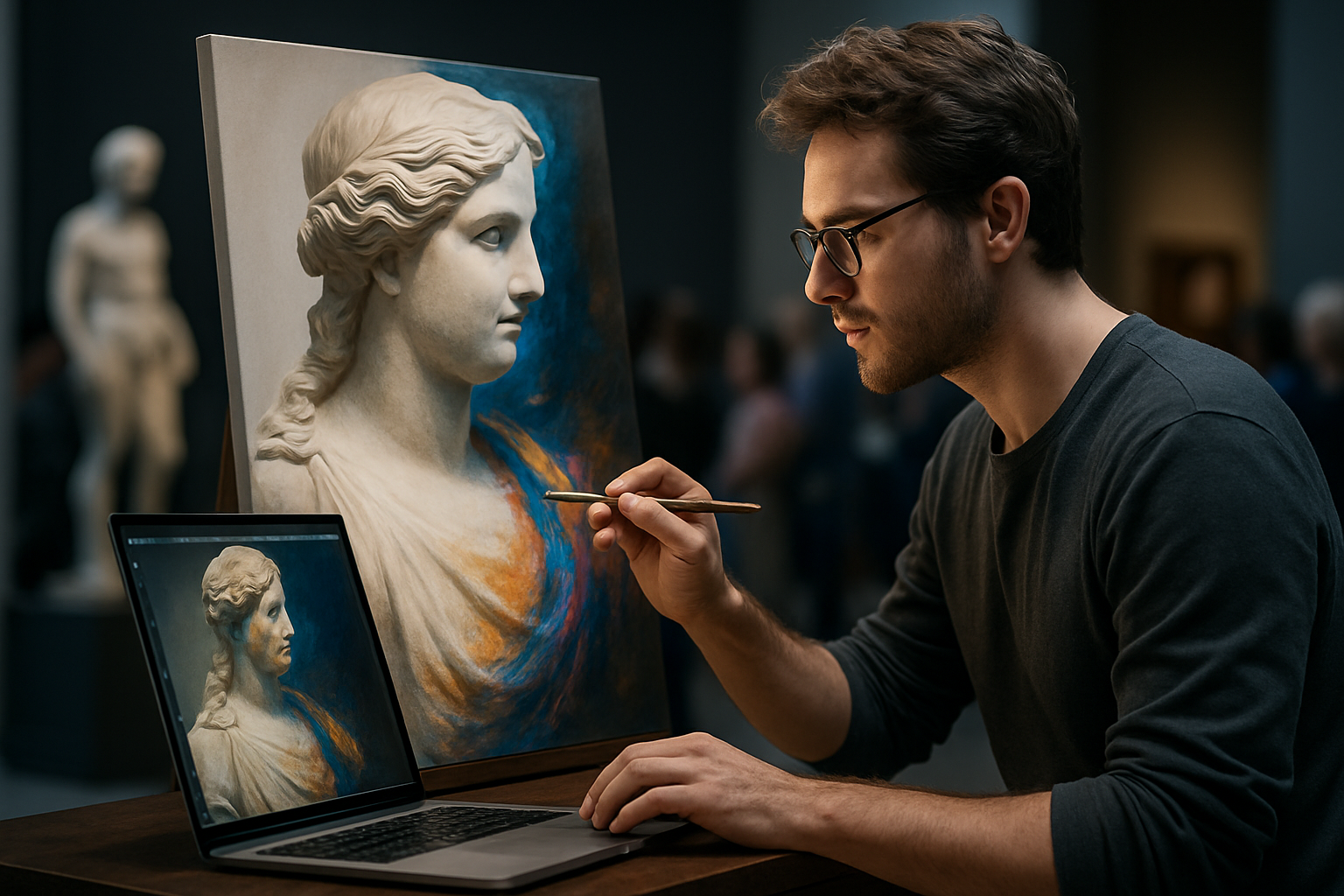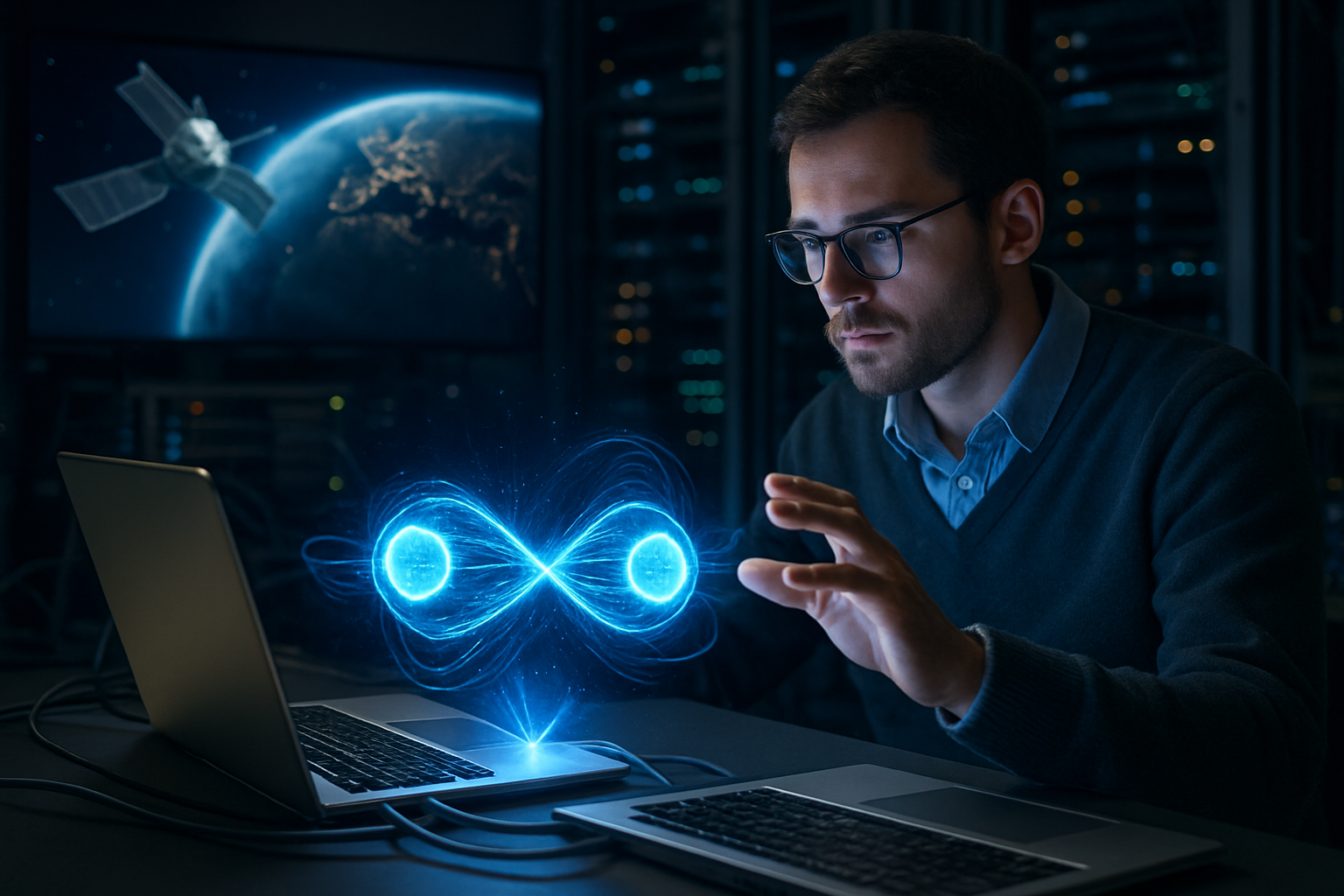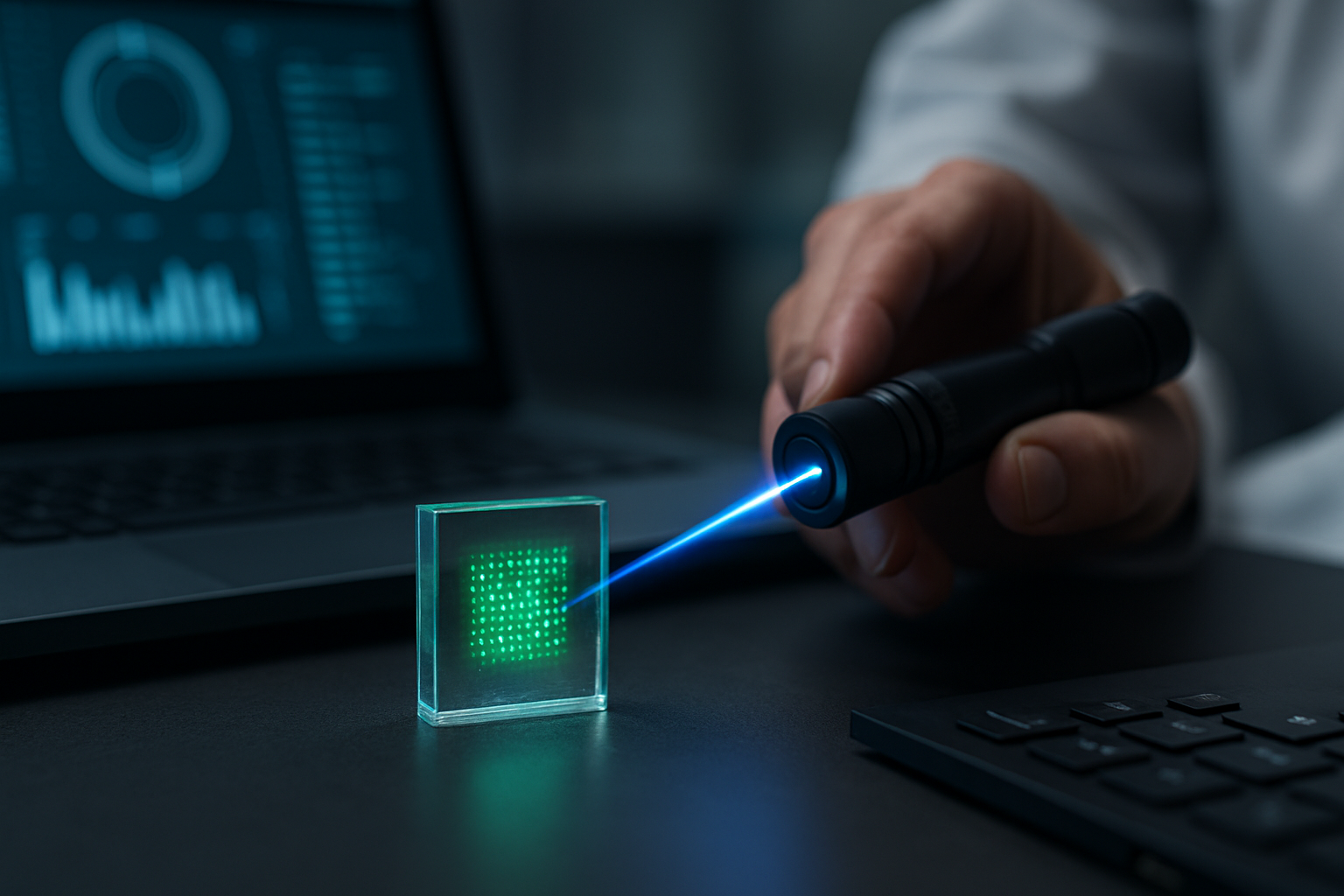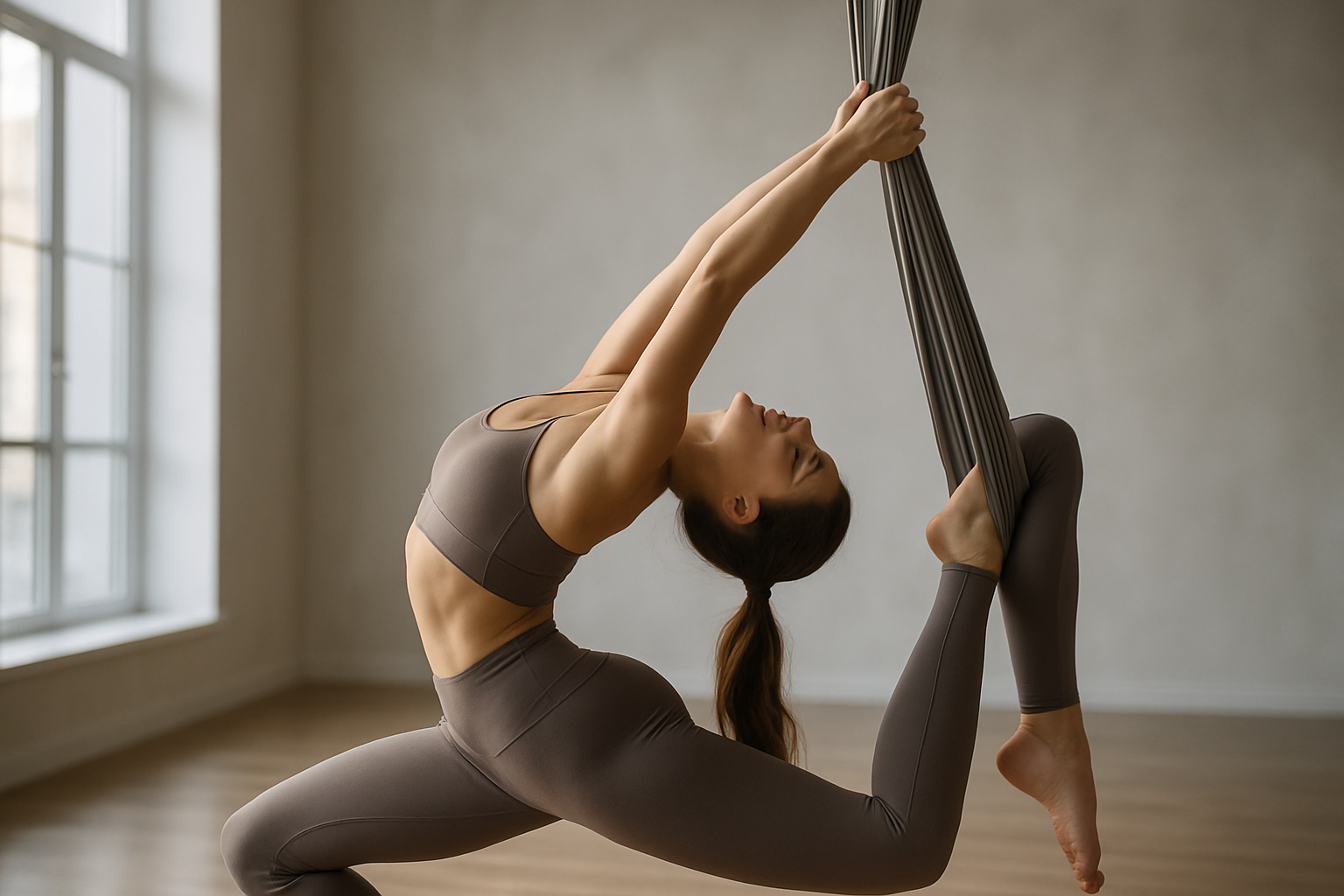Vanishing Boundaries: The Fusion of Classical and Digital Art
Art, in its most fundamental form, is a mirror to society, reflecting the changing tides of culture, technology, and human sensibility. While traditional arts have held center stage for centuries, the digital age is witnessing a transformative blend of classical and digital art forms. This hybridization is not just reshaping artistic expression but also redefining audience engagement in the arts and entertainment industry.

A Historical Perspective of Artistic Fusion
Art has always been an evolving continuum, adapting to the winds of change. Classical forms of sculpture, painting, and music dominated the artistic landscape until the advent of modern technology. With the emergence of digital platforms and tools, artists began to explore new mediums, leading to the birth of digital art. The last decade, however, has witnessed an intriguing amalgamation of these two contrasting domains. Classical art is now fusing with digital techniques, creating an innovative and immersive genre that transcends traditional boundaries.
The Emergence of Hybrid Art in Today’s Culture
In today’s world, artists are using cutting-edge technology to breathe new life into timeless classics. Take, for instance, the recent trend of digital restoration and colorization of historical photographs and artworks. This not only improves the visual appeal but also provides a more relatable and immersive experience to viewers. Furthermore, artists are incorporating elements of classical art into digital creations, bridging the gap between antiquity and modernity.
The Impact of the Classical-Digital Fusion
The fusion of classical and digital art is revolutionizing the arts and entertainment industry in several ways. It is expanding the creative horizons of artists, who now have a wide array of tools and techniques at their disposal. This hybrid art form is also enhancing audience engagement by offering more interactive and immersive experiences. Moreover, it is democratizing art by making it more accessible and inclusive, breaking down the elitist barriers often associated with classical art.
Significance and Reception
The reception of this fusion has been overwhelmingly positive. Critics laud this hybrid art form for its innovation and creativity, while audiences appreciate its accessibility and engagement. It’s a testament to the power of art to adapt and evolve, resonating with the changing sensibilities of society.
The Future of Artistic Fusion
The fusion of classical and digital art is not a fleeting trend but a potent movement transforming the artistic landscape. With advancements in technology, artists will continue to experiment with this fusion, pushing the boundaries of creativity and engagement. As we move further into the digital age, the blend of old and new will become an integral part of our cultural fabric, championing a new era of artistic expression.
In conclusion, the fusion of classical and digital art is a dynamic and transformative movement in the arts and entertainment industry. It is a celebration of the past and the future, the tangible and the intangible, the real and the virtual. This harmonious blend of contrasting realms is a testament to the infinite possibilities of human creativity, heralding a new chapter in the annals of artistic evolution.





